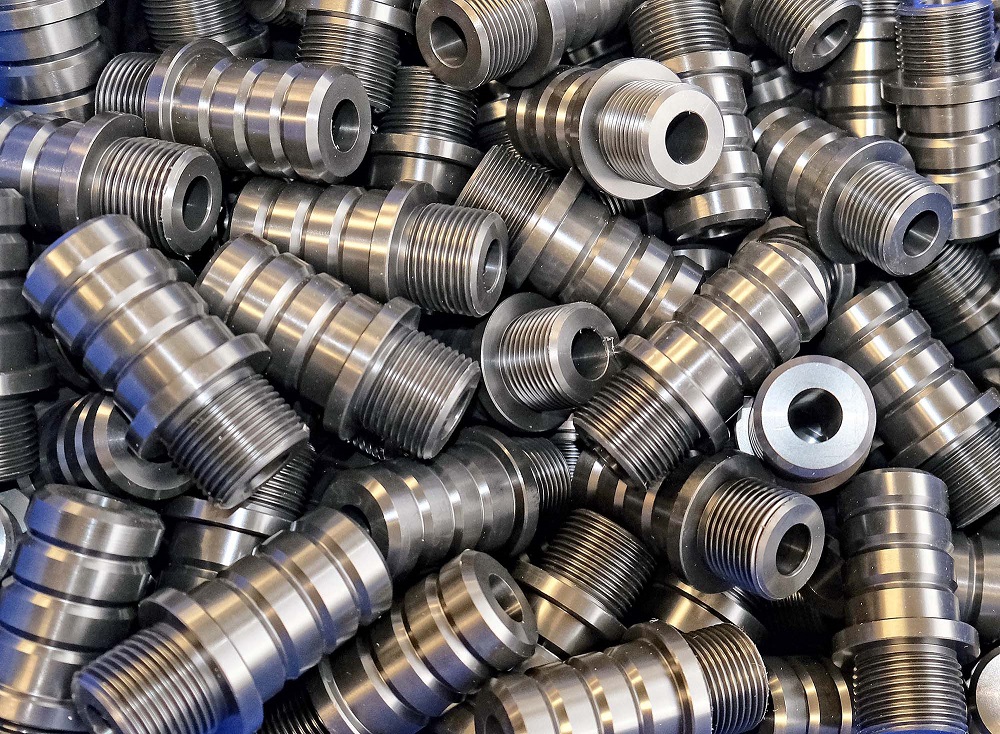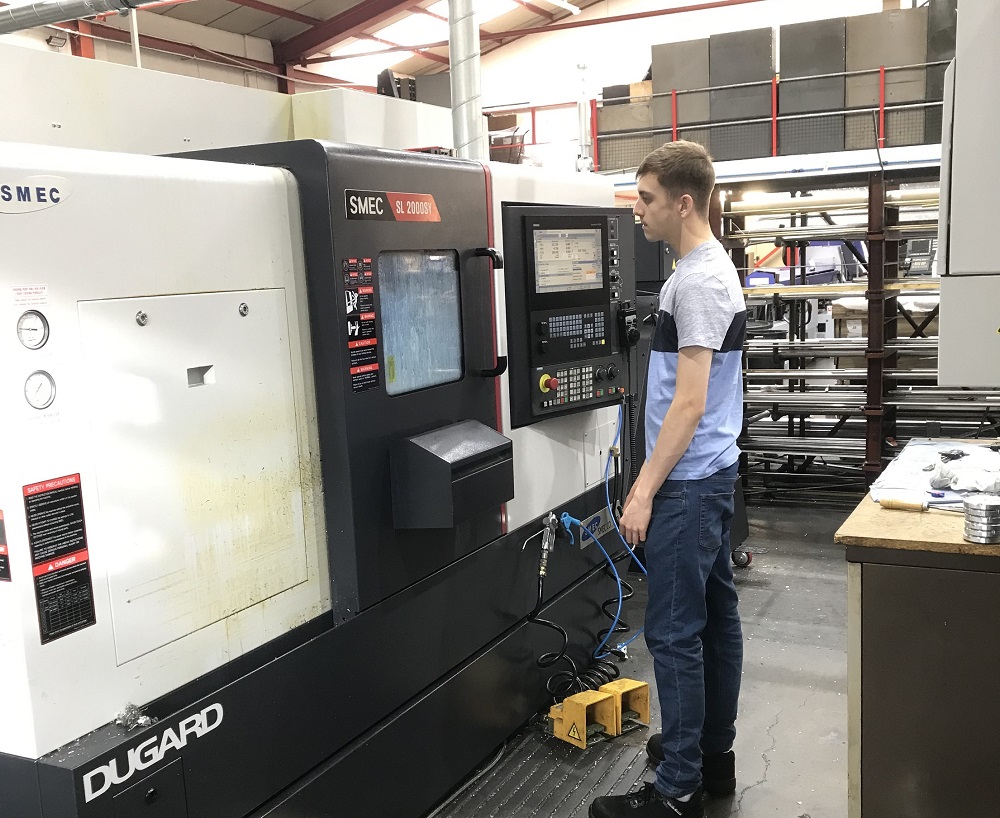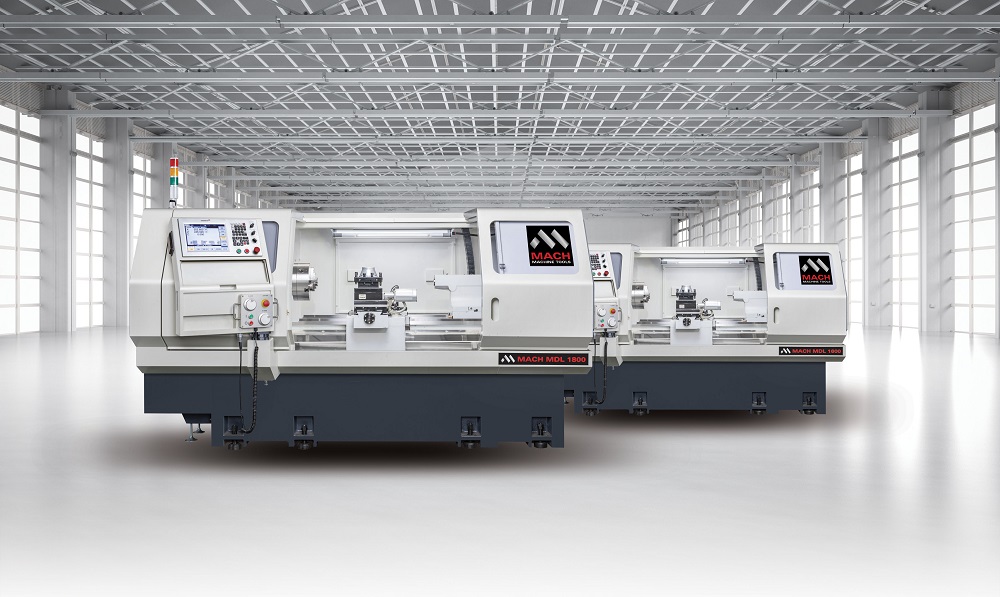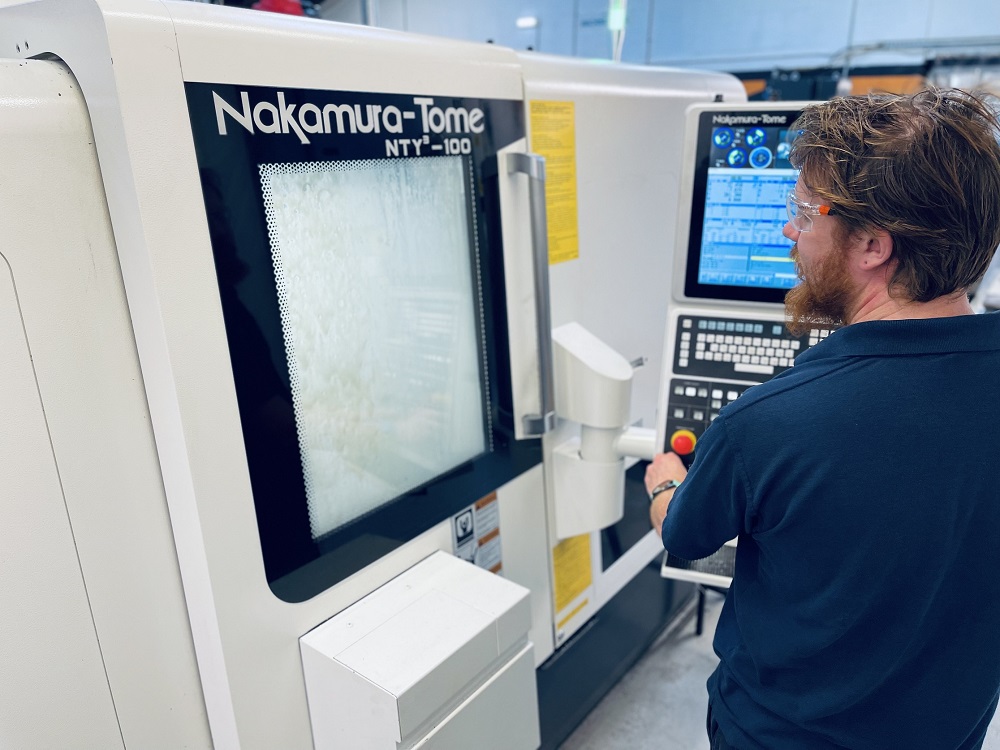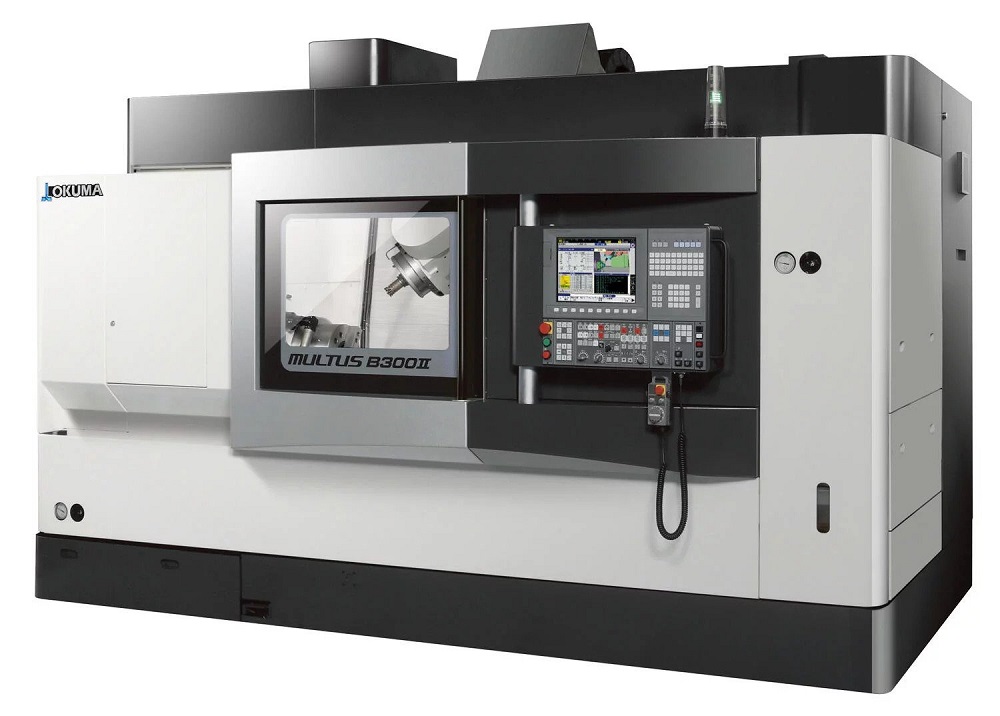It is often said that a subcontractor does not know what type of work will be coming through the door tomorrow, so needs versatile machine tools to produce a wide variety of components. With this thought in mind, the mainstay for production of a large proportion of turned parts at contract machinist Repro Engineering are CNC turning centres from Citizen Machinery, both Miyano fixed-head lathes and Cincom sliding-head models.
The first Miyano to arrive (in 1997) was a BND42S twin-spindle lathe with live tooling. It departed just three years ago after 23 years of service, having produced more than 2 million components, most in one hit and a large proportion in lights-out operation. The second Miyano, a BND51S, arrived in 1998 and was sold in mid-2022 after an even longer period on the shop floor.
Repro Engineering’s owner and managing director Richard Palmer says: “We have a policy of regularly reviewing our capacity and keeping plant up to date. In the case of the Miyanos, however, earlier exchange simply wasn’t necessary, as the machines continued to hold tolerance.”
The replacement for the BND51S was a more capable BNJ-51SY, which arrived in May 2022. Featuring two turrets and Y-axis movement of the main turret, the lathe facilitates complex machining operations at the main and sub spindles simultaneously. Nine Miyano machines have been purchased over the years.
Regarding Repro Engineering’s sliding-head capacity, the subcontractor operates three Cincom lathes capable of machining parts up to 32 mm diameter bar. Impressed with the quality and longevity of the Miyano machines, Palmer decided to approach Citizen for larger Swiss-type lathes capable of producing bigger diameter, often shaft-type components. He purchased a Cincom A32-VII in 2009, followed by a more highly specified M32-VIII with a B-axis in 2013, and another A32-VII two years later.
For further information www.citizenmachinery.co.uk






